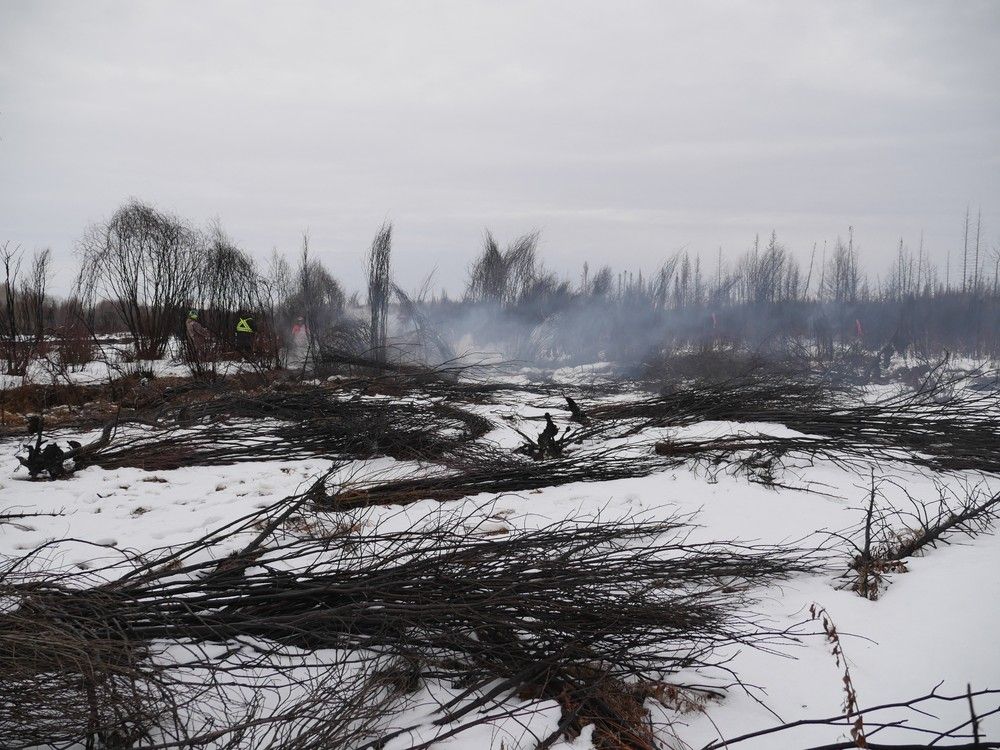 Something familiar—and reliable—provides a sense of normalcy and reassurance when our planet and many of its inhabitants are in turmoil. The British Columbia Council of Forest Industries (COFI) annual convention invites just such a response. The 2024 edition is scheduled for Vancouver’s J.W. Marriott Parq Hotel April 10-12. …The theme around which the 2024 COFI convention is framed is: Branching Out: B.C. Forestry for a Changing World. It represents a typically positive and forward looking message. …“Our delegates will hear speakers on where British Columbia and our forest sector fit into a world that is facing changes from geopolitical tensions, innovation, connectivity and a continued focus on meeting global carbon reduction targets,” said Linda Coady, COFI’s president and CEO. “We will be discussing how the B.C. forest sector is branching out in new ways through mass timber, the bioeconomy and other value added ventures.” The background to these conversations is a context of change and complexity.
Something familiar—and reliable—provides a sense of normalcy and reassurance when our planet and many of its inhabitants are in turmoil. The British Columbia Council of Forest Industries (COFI) annual convention invites just such a response. The 2024 edition is scheduled for Vancouver’s J.W. Marriott Parq Hotel April 10-12. …The theme around which the 2024 COFI convention is framed is: Branching Out: B.C. Forestry for a Changing World. It represents a typically positive and forward looking message. …“Our delegates will hear speakers on where British Columbia and our forest sector fit into a world that is facing changes from geopolitical tensions, innovation, connectivity and a continued focus on meeting global carbon reduction targets,” said Linda Coady, COFI’s president and CEO. “We will be discussing how the B.C. forest sector is branching out in new ways through mass timber, the bioeconomy and other value added ventures.” The background to these conversations is a context of change and complexity.
 Ladysmith, British Columbia – Local government representatives (and the Tree Frog News) joined Western Forest Products employees to celebrate the completion of the first continuous dry kiln on the coast of B.C. at the Company’s Saltair sawmill. The Company also plans to continue accelerating its transition to higher value products with approximately $35 million of investments for two additional continuous dry kilns. The newly installed $12 million continuous dry kiln at the Saltair Sawmill increases the mill’s capacity for continuous drying of lumber, and also provides environmental benefits by reducing energy consumption. The new kiln adds to the three existing kilns on site for drying lumber. The Saltair sawmill is the largest single-line sawmill on the coast of B.C. following previous multi-phase strategic capital investments of over $42 million to modernize the sawmill since 2013. …Western is pushing ahead with two additional continuous dry kiln projects. One of the kilns will be constructed at the Company’s Duke Point sawmill in Nanaimo, B.C. and the other one at its Value-Added Division in Chemainus, B.C. [
Ladysmith, British Columbia – Local government representatives (and the Tree Frog News) joined Western Forest Products employees to celebrate the completion of the first continuous dry kiln on the coast of B.C. at the Company’s Saltair sawmill. The Company also plans to continue accelerating its transition to higher value products with approximately $35 million of investments for two additional continuous dry kilns. The newly installed $12 million continuous dry kiln at the Saltair Sawmill increases the mill’s capacity for continuous drying of lumber, and also provides environmental benefits by reducing energy consumption. The new kiln adds to the three existing kilns on site for drying lumber. The Saltair sawmill is the largest single-line sawmill on the coast of B.C. following previous multi-phase strategic capital investments of over $42 million to modernize the sawmill since 2013. …Western is pushing ahead with two additional continuous dry kiln projects. One of the kilns will be constructed at the Company’s Duke Point sawmill in Nanaimo, B.C. and the other one at its Value-Added Division in Chemainus, B.C. [
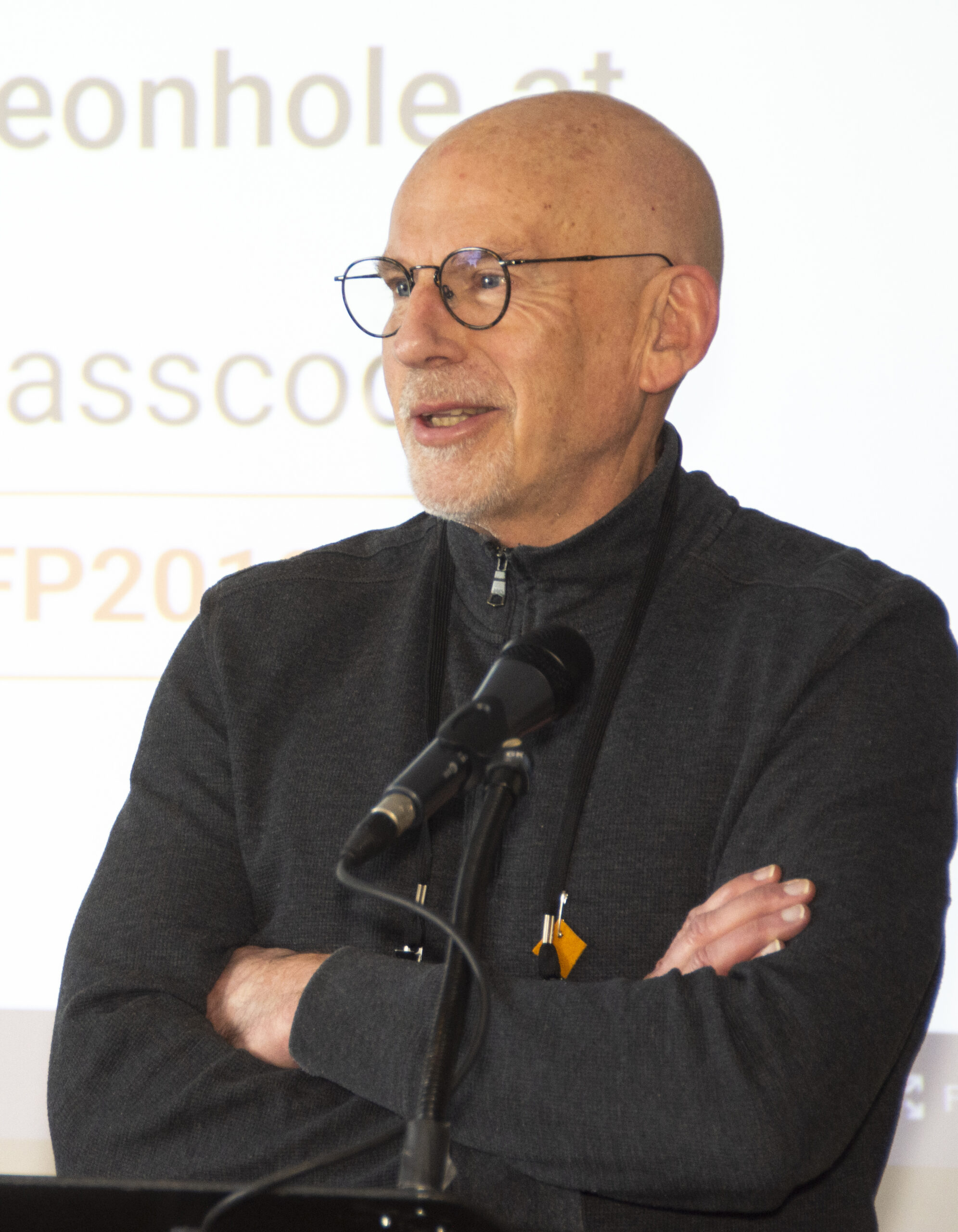
 John Allan, December 23, 1945 – February 23, 2024. On the morning of February 23rd, 2024, John Allan of Victoria, BC ended his brave battle with progressive supranuclear palsy and passed away peacefully, surrounded by family, and on his own terms, by receiving Medical Assistance in Dying at the age of 78. …John entered the BC Public Service in 1971 and worked his way up the corporate ladder until he became a Deputy Minister in 1990. John retired from the Public Service in 1999 and went on to become the President of the BC Lumber Trade Council and CEO of the Council of Forest Industries, positions he held until 2013 in Vancouver, BC. During that time, he assisted in the negotiations for the Softwood Lumber Agreement. In 2013, John semi-retired again but still worked part-time as a consultant until he was asked to return to the BC Public Service to serve once again as the Deputy Minister of Forests, Lands, and Natural Resource Operations.
John Allan, December 23, 1945 – February 23, 2024. On the morning of February 23rd, 2024, John Allan of Victoria, BC ended his brave battle with progressive supranuclear palsy and passed away peacefully, surrounded by family, and on his own terms, by receiving Medical Assistance in Dying at the age of 78. …John entered the BC Public Service in 1971 and worked his way up the corporate ladder until he became a Deputy Minister in 1990. John retired from the Public Service in 1999 and went on to become the President of the BC Lumber Trade Council and CEO of the Council of Forest Industries, positions he held until 2013 in Vancouver, BC. During that time, he assisted in the negotiations for the Softwood Lumber Agreement. In 2013, John semi-retired again but still worked part-time as a consultant until he was asked to return to the BC Public Service to serve once again as the Deputy Minister of Forests, Lands, and Natural Resource Operations.







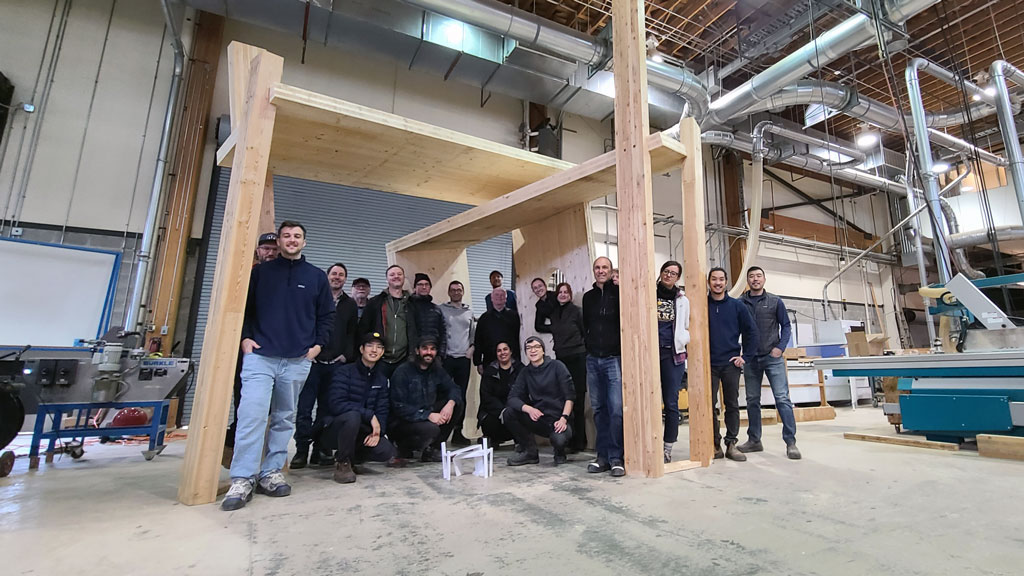












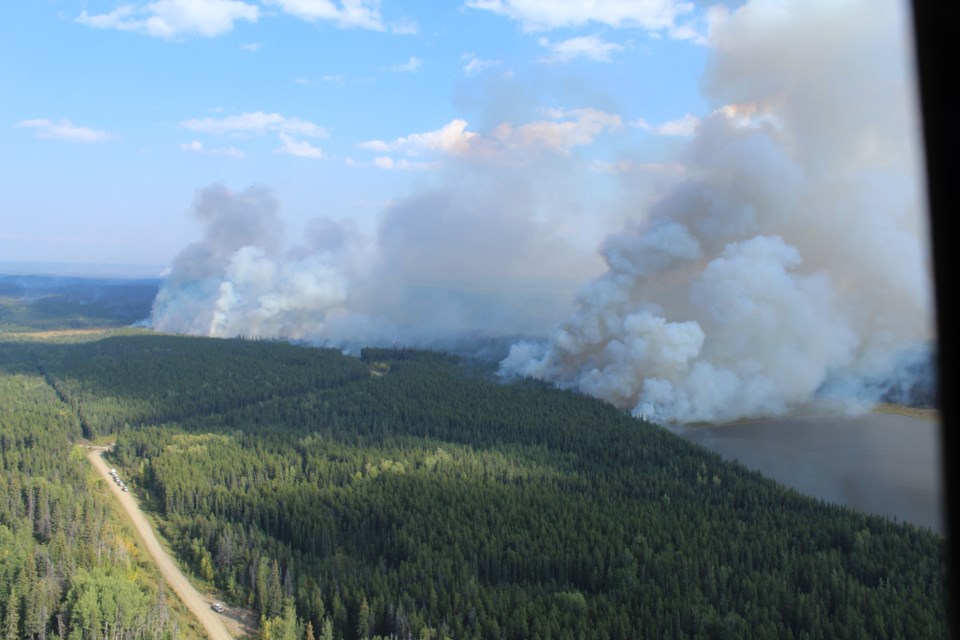


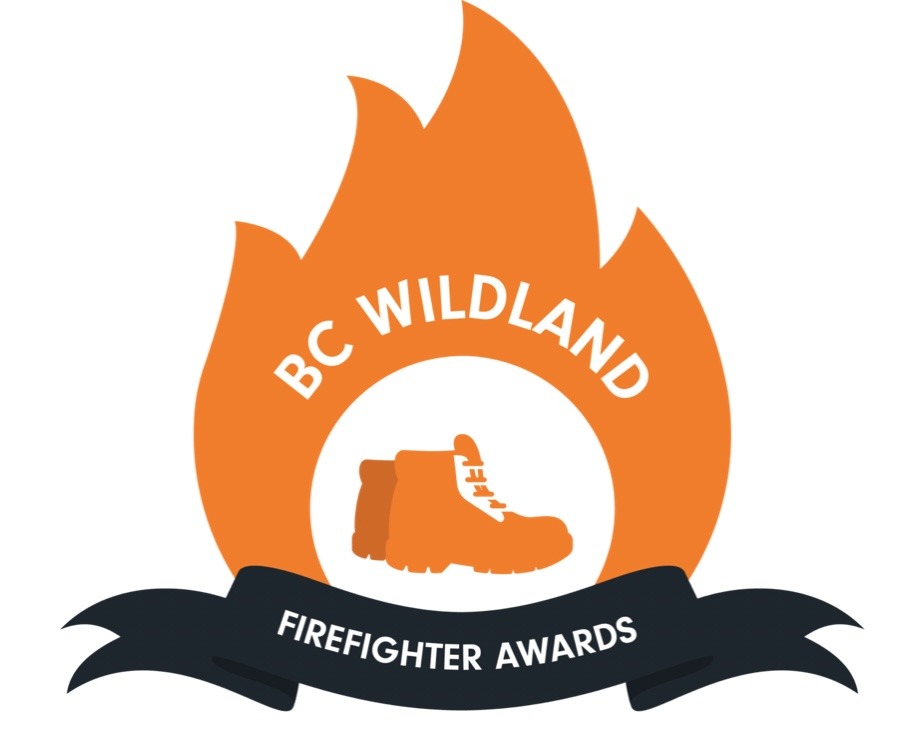 In recognition of the critical role wildland firefighters play in keeping the province safe, the First Nations’ Emergency Services Society of BC (FNESS), BC Wildfire Service, and FireSmart BC are partnering to create the new BC Wildland Firefighter Awards. Four recipients will be recognized during a special ceremony led by the Lheidli T’enneh First Nation during the Wildfire Resiliency Training Summit in April 2024. If it applies to you please help support this important new award by nominating your fellow colleagues in wildfire response, including any agency, organization, or community. Nominations will be open until February 28.
In recognition of the critical role wildland firefighters play in keeping the province safe, the First Nations’ Emergency Services Society of BC (FNESS), BC Wildfire Service, and FireSmart BC are partnering to create the new BC Wildland Firefighter Awards. Four recipients will be recognized during a special ceremony led by the Lheidli T’enneh First Nation during the Wildfire Resiliency Training Summit in April 2024. If it applies to you please help support this important new award by nominating your fellow colleagues in wildfire response, including any agency, organization, or community. Nominations will be open until February 28.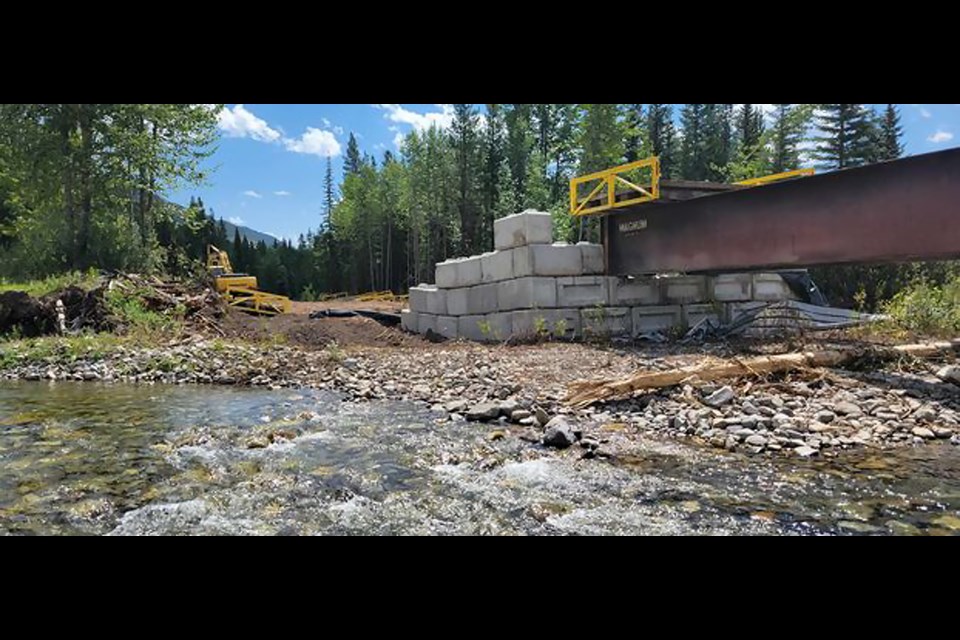



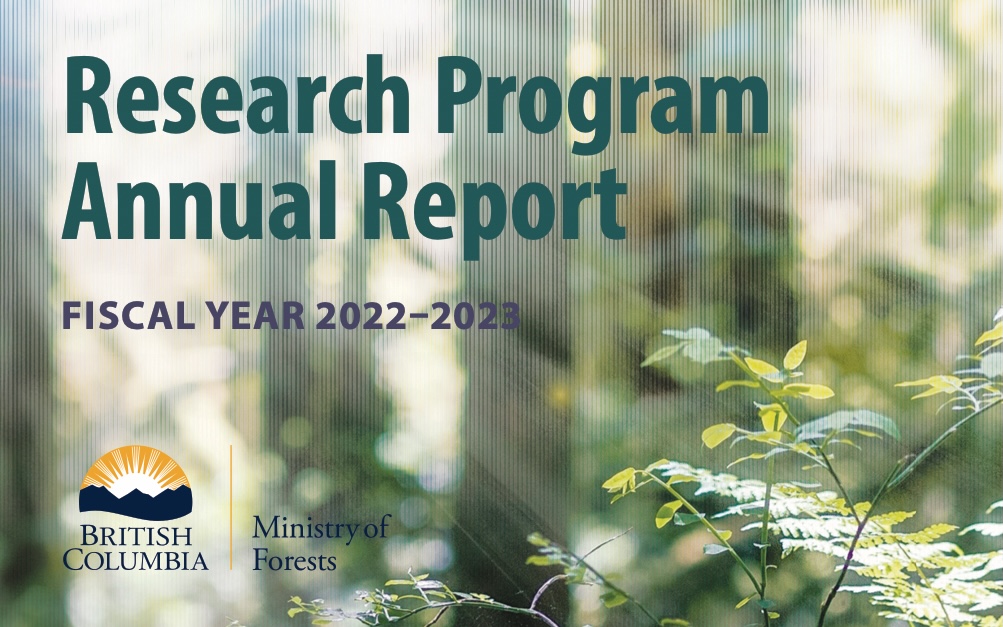 In 2022–2023, the Ministry of Forests Research Program produced scientific knowledge to help operations, decision makers, and the public at large. This year, the Research Program underwent a series of transitions; however, the program remains well placed to support the successful management of British Columbia’s natural resources. The program offers expert scientific information on multiple values: biodiversity, climate, carbon sequestration, ecology, ecosystem services, forest health, species habitat including endangered or protected species, soils, and watersheds. The Research Program funded 139 projects, with another 34 collaborative projects funded externally. Program researchers investigated climate change, forest health, wildfires, and drought, to name a few key topics. The Research Program is guided by its Strategic Plan 2021–2024, which defines its vision, values, governance, and strategic goals. On an annual basis, the program’s research priorities are updated with input from key stakeholders .
In 2022–2023, the Ministry of Forests Research Program produced scientific knowledge to help operations, decision makers, and the public at large. This year, the Research Program underwent a series of transitions; however, the program remains well placed to support the successful management of British Columbia’s natural resources. The program offers expert scientific information on multiple values: biodiversity, climate, carbon sequestration, ecology, ecosystem services, forest health, species habitat including endangered or protected species, soils, and watersheds. The Research Program funded 139 projects, with another 34 collaborative projects funded externally. Program researchers investigated climate change, forest health, wildfires, and drought, to name a few key topics. The Research Program is guided by its Strategic Plan 2021–2024, which defines its vision, values, governance, and strategic goals. On an annual basis, the program’s research priorities are updated with input from key stakeholders .